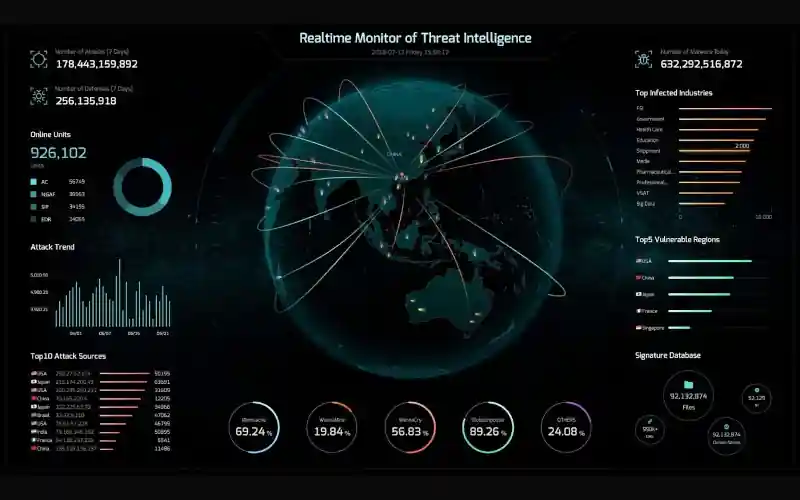The Expanding World of Cyber Threat Intelligence

- The cyber threat intelligence (CTI) market is experiencing significant expansion.
- This growth is driven by the increasing sophistication of cyberattacks and the rising number of internet-connected devices.
- The sector, valued at $11.58 billion in 2024, is projected to reach $31.36 billion by 2029, reflecting a substantial compound annual growth rate.
- This sustained development highlights the evolving landscape of digital security and the crucial role CTI plays in it.
Market Dynamics and Growth Drivers
The CTI market’s growth from $11.58 billion in 2024 to $14.16 billion in 2025, with a 22.3% CAGR, is a notable development. This historical growth can be attributed to several factors. These include a rise in cyberattacks, an increase in malware incidents, and a surge in cyber espionage activities. The expanding base of internet users and connected devices also contributes to this trend.
Looking ahead, the market is expected to reach $31.36 billion by 2029, maintaining a 22.0% CAGR. This forecasted growth is linked to an anticipated rise in cyber incidents and the increasing complexity of cyberattacks. Furthermore, the expansion of the digital ecosystem, rapid advancements in cloud services, and growing regulatory demands are key drivers. Future trends involve the integration of artificial intelligence, automation, real-time threat intelligence, and cloud-based CTI solutions.
Evolving Threats and Solutions
As cyberattacks become more advanced, the CTI market is expanding to counter them. Cyberattacks, which aim to disrupt or illicitly access digital systems, are growing in complexity due to technological progress and heightened connectivity. This drives cybercriminals to devise intricate strategies to exploit vulnerabilities. CTI provides essential information on the tactics, techniques, and procedures (TTPs) used by adversaries, crucial for preventing sophisticated threats.
However, CTI can also inadvertently aid attackers, as threat actors may utilize open-source CTI to identify targets and refine their methods. For example, the Australian Cyber Security Centre reported 76,000 cybercrime incidents in 2022. This represented a 13% increase from the previous year, underscoring the escalating nature of cyber threats. Consequently, the increasing sophistication of cyberattacks remains a primary driver for the CTI market’s growth.
Innovation and Market Leadership
Key players in the CTI market are actively introducing innovative solutions to gain a competitive edge. These specialized services offer businesses in-depth insights into cyber threats and vulnerabilities. For instance, in December 2022, BlackBerry Limited launched a new CTI offering. This service aims to help customers prevent, detect, and effectively manage cyberattacks, which is critical given the rising number of attacks on vital infrastructure.
The service, delivered by BlackBerry’s Threat Research and Intelligence Team, seeks to minimize cybersecurity risks and enhance detection and response capabilities. It is designed to provide organizations with actionable and contextual cyber threat intelligence. This enables them to assess security measures, anticipate attacks, recover quickly from incidents, and adapt to the evolving threat landscape. Leading global companies in this sector include Dell Technologies Inc., IBM, Cisco Systems Inc., and Palo Alto Networks Inc., among others. North America currently leads the market, while the Asia-Pacific region is projected to be the fastest-growing area in the forecast period.
A recent development in the CTI landscape is the European Union’s announcement in 2023 regarding a mandatory risk assessment system for organizations operating state and critical infrastructure. This initiative, alongside NATO’s increased investment in cyber warfare, highlights the growing recognition of CTI’s pivotal role in national and international security strategies. These developments underscore that future conflicts will increasingly rely on intelligent information rather than just traditional perimeter defenses.









